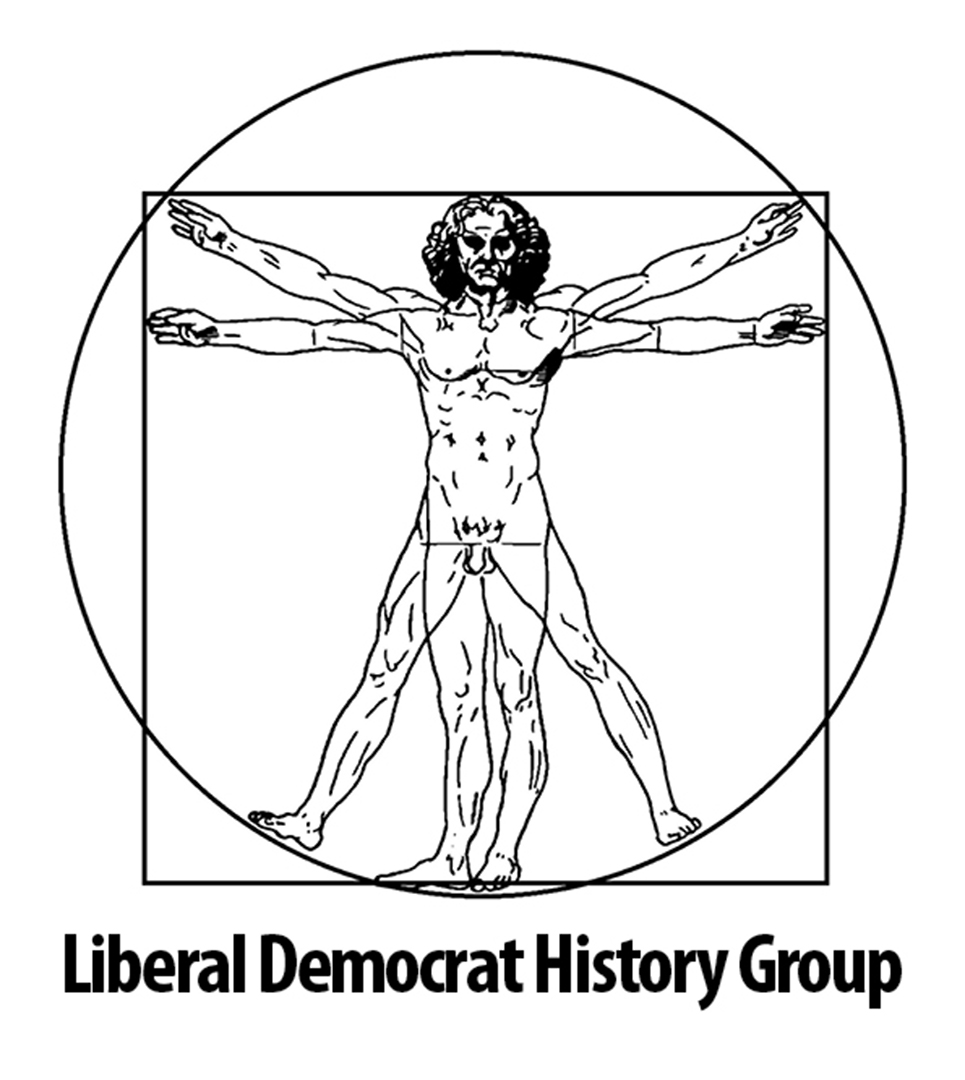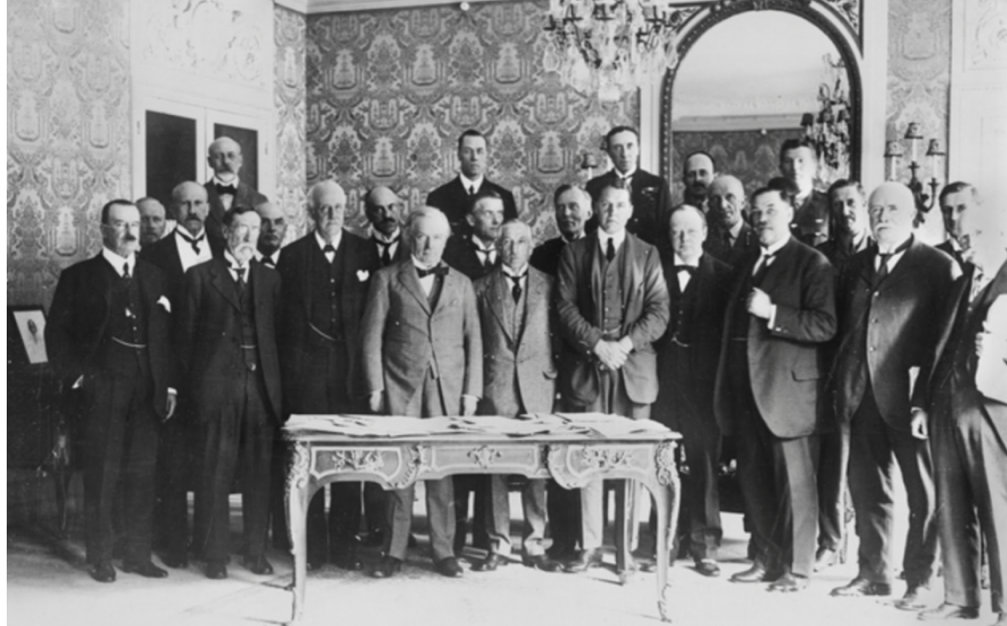In Parliament women’s causes won devoted support from Radical Liberals including John Stuart Mill, James Stansfeld, Henry Fawcett, Sir Charles Dilke, Jacob Bright and Duncan MacLaren.
To them female emancipation seemed the natural outcome of the Liberal goal of removing artificial restrictions, expanding individual opportunity, and making government representative of all sections of society. According to Fawcett, opposition to enfranchising women was based on the fallacy that man possessed a superior kind of wisdom which enabled him to decide what was best for the other half of the human race.
However, from the 1870s onwards relations between Liberals and women were complicated by friction over women’s suffrage. Many Liberals assumed that a limited vote would enfranchise propertied women and thus give an advantage to the Conservatives. In addition, many Radical Liberals, including Joseph Chamberlain, John Bright and James Bryce, entertained profound doubts about female political instincts regardless of social class. But the greatest single obstacle was Gladstone himself. The suffragists blamed him for excluding women from the 1885 Reform Act, although by the 1890s he showed signs of making a strategic retreat.
Despite the friction over voting rights, Liberal politicians promoted many important innovations for women. In 1869 Dilke proposed the municipal vote for women ratepayers, and as Postmaster General Fawcett extended female employment in the Post Office. Liberal local government reforms created fresh opportunities for women by allowing them to stand for election to school boards (1870), District and Parish Councils (1893), and County Councils (1907); the abolition of property qualifications (1893) also enabled many women to become Poor Law Guardians. Asquith appointed the first female factory inspectors in 1894. Women also proved to be major beneficiaries of Liberal social legislation such as Forster’s Education Act in 1870. Two-thirds of the recipients of the 1908 old age pensions scheme were women. The 1908 Trade Boards Act increased the wages of women who were concentrated in the low-paid sweated trades such as chain-making. Lloyd George’s 1911 National Insurance Act gave state recognition to women’s role as mothers for the first time by introducing a thirty-shilling maternity benefit.
Spurred by the success of the Conservatives in mobilising women in the Primrose League, Liberal women established the Women’s Liberal Federation in 1887; it soon created a body of voluntary election workers for the party. However, the pro-suffragist women also calculated that they would achieve more by working within the party, especially by raising the political awareness of the wives and daughters of Liberal politicians. In 1894 the WLF claimed that 240 of its members had been elected to local authorities in that year. From the outset the Scottish WLF was committed to the removal of all legal disabilities on account of sex, and by the early 1900s the WLF had adopted a full feminist programme including equal pay, equal divorce laws, the abolition of protective legislation in employment, the abolition of the state regulation of vice and the entry of women into the police force.
However, women Liberals were badly torn between loyalty to the party and enthusiasm for women’s suffrage. Although the WLF was not originally committed to votes for women, from 1890 onwards it became the scene of a bitter struggle over demands that the organisation should campaign for it officially. After this proposal was adopted in 1892 Catherine Gladstone resigned as President, to be succeeded by the Countess of Aberdeen who was a loyal Liberal but also a resolute suffragist. When Gladstone sent Lord Aberdeen to Canada as Governor-General, she was succeeded as President by an uncompromising suffragist: Rosalind, Countess of Carlisle. A loyalist minority soon broke away, leaving the WLF to put pressure on Liberal MPs in their own constituencies to support suffrage bills. From 1902 votes for women became a test question for Liberal candidates; in 1904-5, for example, only thirteen out of twenty by-election candidates received official WLF backing.
When the Liberals returned to office in December 1905 relations between the party and the women’s movement deteriorated further as a result of Christabel Pankhurst’s policy of disrupting the meetings of cabinet ministers and intervening in by-elections to secure the defeat of Liberal candidates. The elevation of Asquith to the premiership in 1908 made matters worse as he stubbornly obstructed women’s suffrage even though a majority of his cabinet now supported reform. The escalation of militancy after 1911 led the Home Secretary, Reginald McKenna into a succession of illiberal responses including forcible feeding of suffragettes in prison and repeated release and re-arrest under the Cat and Mouse Act. Although many Liberal women were irritated by suffragette methods, they became equally angry at the politicians’ endless prevarication, and the results were damaging to the party. ‘We have been hewers of wood and drawers of water for the Liberal Party too long’, as one member put it. Between 1912 and 1914 the WLF lost about 18,000 members, and a number of the activists promoted a pact with the Labour Party to support its candidates in by-elections.
During the war the Speaker’s Conference on electoral reform included two influential Liberal suffragists, Sir John Simon and W H Dickinson, who helped ensure that it recommended granting the vote to women. In the resulting Representation of the People Bill the clause enfranchising women was backed by 184 Liberals and opposed by only twelve. The electoral carnage of 1918 carried away many of the Liberal politicians who had been associated with equal rights feminism; but among the inter-war Liberal members Sir John Simon, Isaac Foot, William Wedgwood Benn and Frank Briant upheld women’s causes. The feminist Six Point Group identified eight Liberals as worthy of support because of their good record in the Commons.
After the war the Women’s National Liberal Federation advocated a comprehensive feminist programme including women police, widows’ pensions, equal pay, equal guardianship, equal franchise, divorce law reform and separate taxation for married women. However, none of these achieved much prominence in Liberal election manifestoes and the party failed to offer a distinctive appeal to the new women voters. The leaders assumed that women would naturally be enthusiastic about free trade, peace, disarmament and temperance. In the 1923 election Liberal gains from the Conservatives were attributed to female anxiety about food prices.
Although the WNLF achieved a large membership just after the war, this was not maintained, and it compared poorly with the Labour Party’s 250-300,000 female members in 1927-30, and the one million recruited by the Conservatives by 1928. The modest membership compounded the party’s post-war weakness in terms of constituency organisation and thus inhibited any chance of a sustained revival. Despite winning the vote in 1918 and 1928 many Liberal women felt somewhat alienated from party politics as a result of pre-war controversies and current divisions; as a result they often preferred to work within the independent, non-party women’s organisations and became involved in pressure groups such as the League of Nations Union. A notable exception was Margery Corbett Ashby who fought every election from 1918 to 1935, as well as by-elections in 1937 and 1944, as a Liberal, while also being active in the Townswomen’s Guild and the National Union of Societies for Equal Citizenship. Between the wars the party had very few safe seats to offer, and sixty-one of the sixty-four candidatures by Liberal women occurred in constituencies held by their opponents. As a result only four women sat as Liberals in this period: Margaret Wintringham [Louth 1921-24]; Lady Terrington [High Wycombe 1923-24]; Hilda Runciman [St Ives 1928-29]; and Megan Lloyd George [Anglesey 1929-51]. Among these Mrs Wintringham, Britain’s second female MP, made what was seen as a significant breakthrough by winning a marginal seat at Louth in 1921 despite the intervention of a Labour candidate. Active in NUSEC, the Women’s Citizens Association and the Women’s Institutes, she advocated feminist causes without antagonising male voters. From 1929 Megan Lloyd George was the sole Liberal woman in parliament until she lost her seat in 1951, though she was rather detached from the party for much of the time.
After the Second World War neither of the party’s most able women, Violet Bonham-Carter, who had been an outspoken opponent of appeasement, nor Nancy Seear, who campaigned for equal pay, succeeded in getting elected, despite several attempts. Both, however, eventually entered parliament as Life Peers in 1964 and 1971 respectively.
Martin Pugh was Professor of Modern British History at Newcastle University until 1999 and Research Professor at Liverpool John Moores University 1999-2002. His latest book is The Pankhursts (Allen Lane 2001) and he is currently completing a book on fascism in Britain between the wars. This article was written in December 2003.

